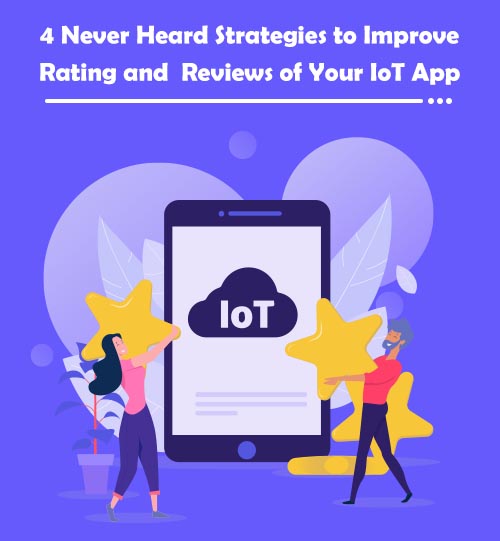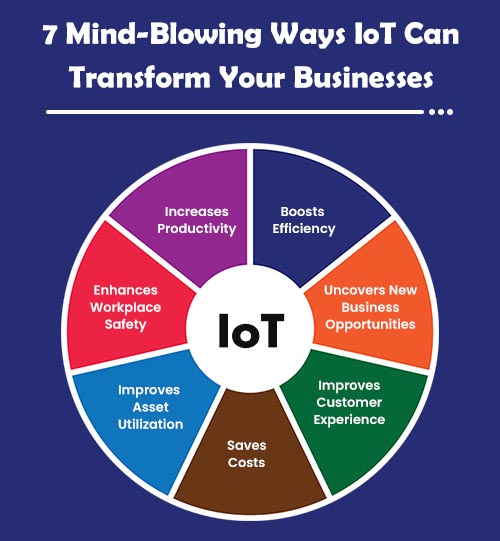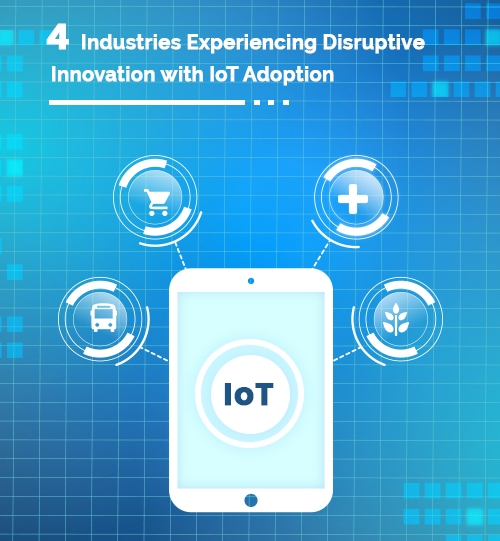Mobile apps, when reinforced with the IoT capabilities, facilitate remote monitoring as well as management of smart connected devices. This drives the demand for IoT development services and solutions with enhanced user experience.
However, customers always check the reviews and ratings of an IoT app to ensure its efficiency with the related IoT product or device. If the ratings are low, customers could avoid purchasing or using the product, causing massive loss to your business. Thus, high app ratings and positive reviews can play a significant role in fueling your business growth.
Ways to Improve IoT App Ratings and Reviews
Integrate Debugging Features into the App
To meet the industry standards, all IoT solutions are validated repeatedly before they are deployed in the production environment. However, because of the dynamic nature of the IoT product environment setup, customers may encounter issues that never occurred during the pre-production launch validation cycles.
That’s why the IoT app must be powered with debugging features to garner debug information about the issues. Using this info, you can easily analyze the product environment to overcome these issues without bothering customers for more details. Also, ensure the debug features of the app gather details about the errors, essential events, and user interaction. It will help in detecting the issues quickly.
Leverage Analytics Tool
The analytics tool provides deep insights to help you improve your app performance, boost retention rate, and add new features that can enhance the customer experience. Every action performed on the app provides data about the features and segments of the app customer use the most.
In post-deployment scenarios, the app’s performance analysis provides insights into its technical behavior like hardware configuration, network conditions, OS versions, and more. Such data can help you ensure better performance of the app.
Mostly customers are less likely to report issues. Since analytics track customers’ behavior, while they navigate the app, you can detect issues and failures within the app screen and carry out an action plan to fix them.
Stay Informed with OS Updates
Owing to the continuous update of the emerging technologies and operating systems, the mobile apps should also be updated constantly as it positively impacts their ratings and reviews.
Apple and Android release major OS updates every year. Sometimes, the updated version changes the behaviors of the native framework, resulting in app failure or interrupted working of some features. For instance, the recent OS updates kept changing the permission mechanisms of native services like Bluetooth and Location, which can halt the operation of service-dependent app features. So try to avoid these circumstances by releasing updates that ensure the optimized performance of the app.
Besides native framework behaviors, these companies also modify UI guidelines. Apple, for instance, changed UI guidelines while progressing toward iOS 7 and replaced skeuomorph with flat design. In such a case, you can update the app interface design according to the new updates as the old-style interface may look ungraceful against the background of the new version and give an impression of an obsolete app.
Provide Outstanding Customer Support
Businesses who respond to their customer reviews witness a +0.7 boost in the app ratings. Thus, you must always acknowledge reviews whether they are positive or negative to make customers feel valued and considered.
Besides, you should also resolve their queries promptly to ensure a seamless experience across the connected network. Providing outstanding customer support will give a boost to customer engagement on your app.
Sometimes, users talk about the app features they like or dislike and even suggest new features in the reviews section. Considering such suggestions and feedback will help you update the app to serve the target audience in the best possible way.
Final Words
Implementing these strategies can help you improve and maintain the reviews and ratings of your IoT app. However, if you don’t have an app for your IoT product yet, partner with an experienced IoT app development company that can build a smart, connected application and help you live up to the customers’ expectations to boost its ratings.





